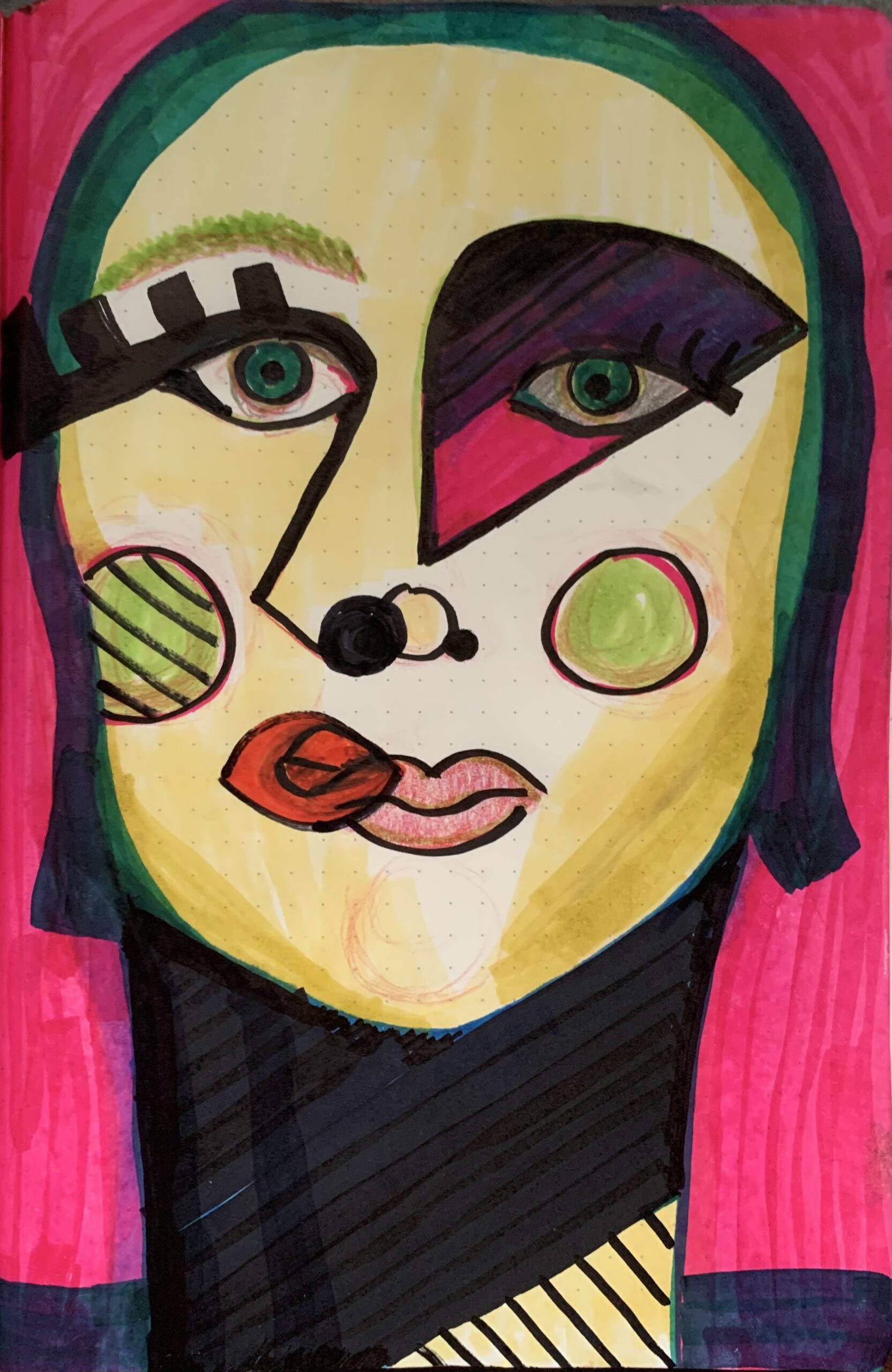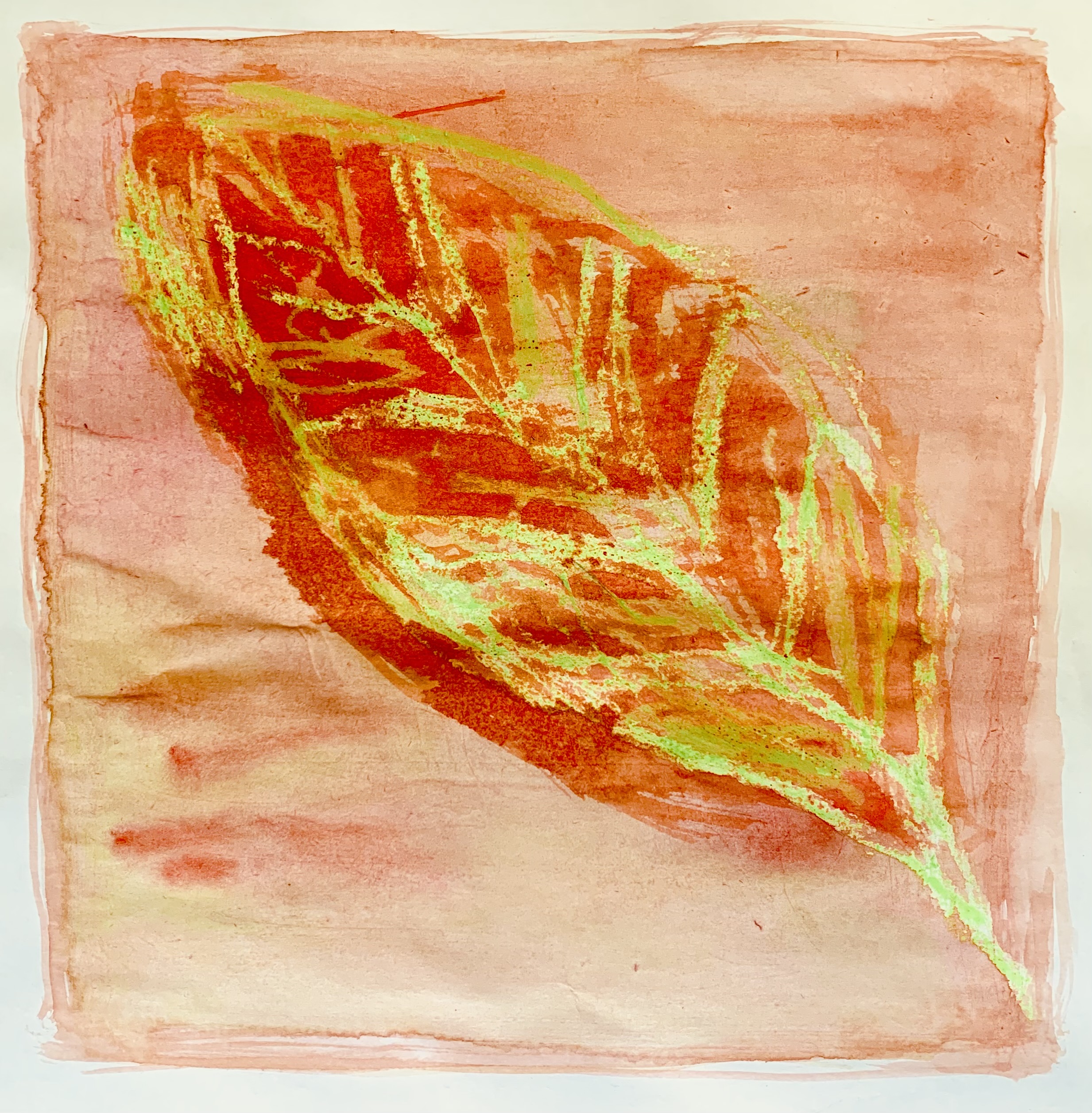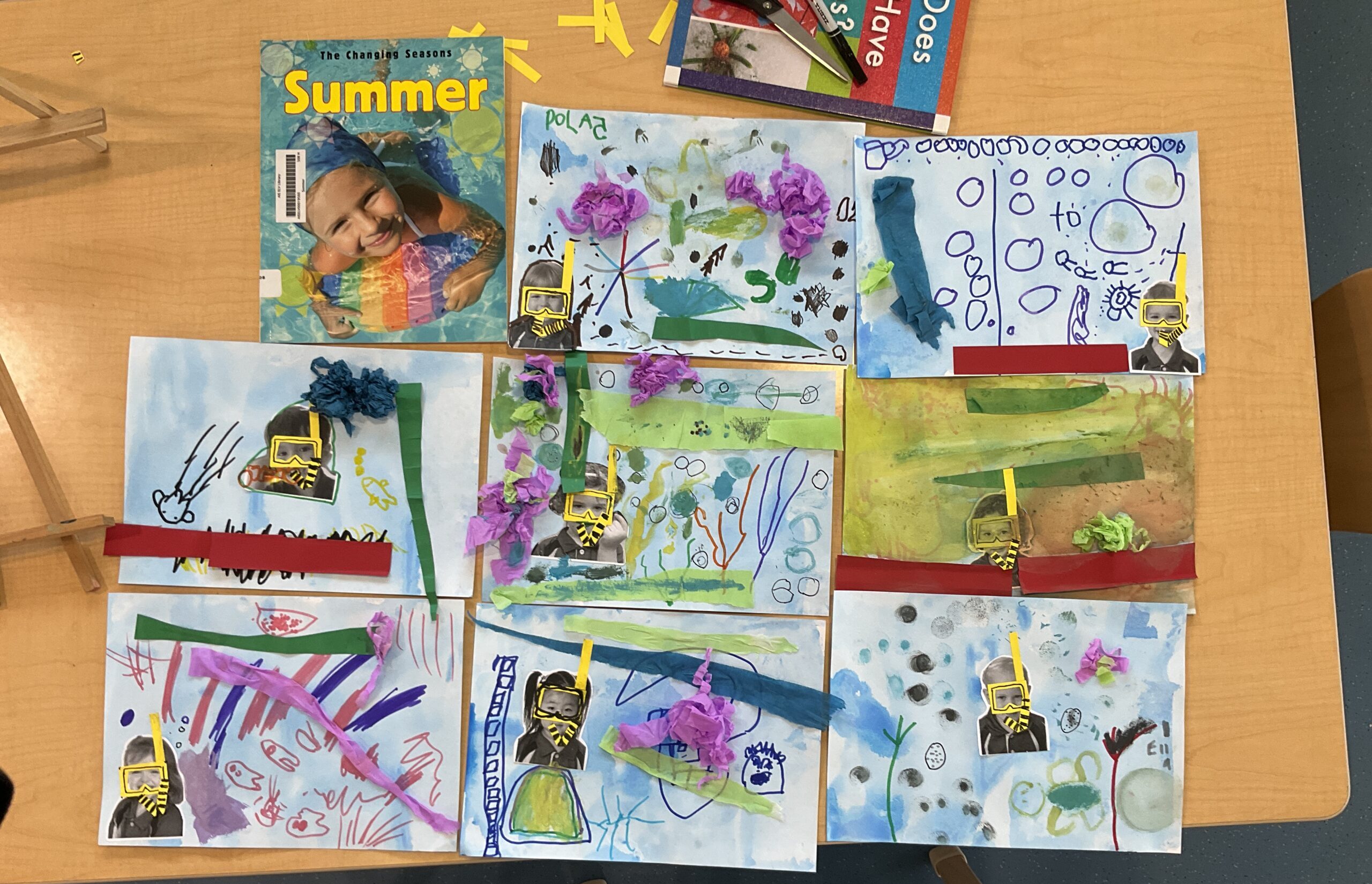Introduction to Color Theory
Color theory is an essential concept for artists, and understanding the difference between additive and subtractive color systems is crucial. Whether you’re working digitally or using traditional media, knowing how light and pigment mix can help you make intentional and creative color choices in your artwork.
In this post, we will break down additive and subtractive color systems, discuss how they work, and explore an exciting hands-on activity to help your students understand these concepts more deeply.
Additive Colors: The Magic of Light
Additive color theory involves light. When light in different colors mixes together, it creates new colors. The primary additive colors are red, green, and blue (RGB). These are the colors of light, and when combined in various ways, they can produce a full spectrum of colors.
- Red + Green = Yellow
- Green + Blue = Cyan
- Red + Blue = Magenta
- Red + Green + Blue = White (the combination of all three primary lights creates white light)

This system is used in everything from digital screens (like your TV or computer monitor) to stage lighting. When more light is added, the result is always brighter and closer to white.
Subtractive Colors: The World of Pigments
Subtractive color theory, on the other hand, works with pigments (such as paints, inks, or dyes) and how they absorb or subtract certain wavelengths of light. The primary subtractive colors are cyan, magenta, and yellow (CMY). When mixed, they subtract different wavelengths of light, and what you see is a combination of the reflected light.
- Cyan + Magenta = Blue
- Magenta + Yellow = Red
- Yellow + Cyan = Green
- Cyan + Magenta + Yellow = Black (or near black, depending on the medium)
This system is used in printing and traditional painting, where pigments mix and absorb light to create different hues.
Activity: Color Mixing with Light & Pigments
This fun and educational activity will help your students experience both additive and subtractive color mixing. Here’s how to do it:
Materials:
- Additive Colors (Light)
- RGB LED flashlights or any colored light source (you can use colored filters over flashlights as an alternative)
- A dark room or space where light will be visible on a surface (like a wall or screen)
- Subtractive Colors (Pigments)
- Paints in cyan, magenta, yellow, and white (watercolor, acrylic, or tempera)
- Paper or canvas
- Paintbrushes or droppers for controlled application
Step-by-Step Instructions:
Part 1: Additive Color Mixing (Light)
- In a darkened room, set up three colored lights (red, green, and blue) to shine onto a single white surface or screen.
- Ask students to experiment by mixing the light. For example, shine red and green light together and observe the result (yellow). Try mixing all three colors to create white light.
- Let students explore the effects of adding more light and notice how the colors become brighter and more vibrant as they mix.
Part 2: Subtractive Color Mixing (Pigments)
- Using a set of cyan, magenta, and yellow paints, allow students to experiment with mixing colors on a piece of paper or canvas. Encourage them to mix two colors at a time and observe the results.
- Ask them to mix all three colors together and notice the dark brown or black pigment they create.
- As a challenge, students can paint simple color wheels, filling in the spaces with their mixtures of primary and secondary colors.
Discussion and Reflection:
After completing the activities, bring the students together to discuss their findings. Compare the results of additive color mixing with subtractive color mixing. What differences did they notice? How does adding light change the colors compared to mixing pigments?
Conclusion
Understanding additive and subtractive color mixing is fundamental for students in both digital art and traditional painting. This lesson will not only help them grasp the science of color but also enhance their creativity as they mix colors for unique effects. Encourage them to experiment further with both systems in their future art projects!
Happy mixing!






















